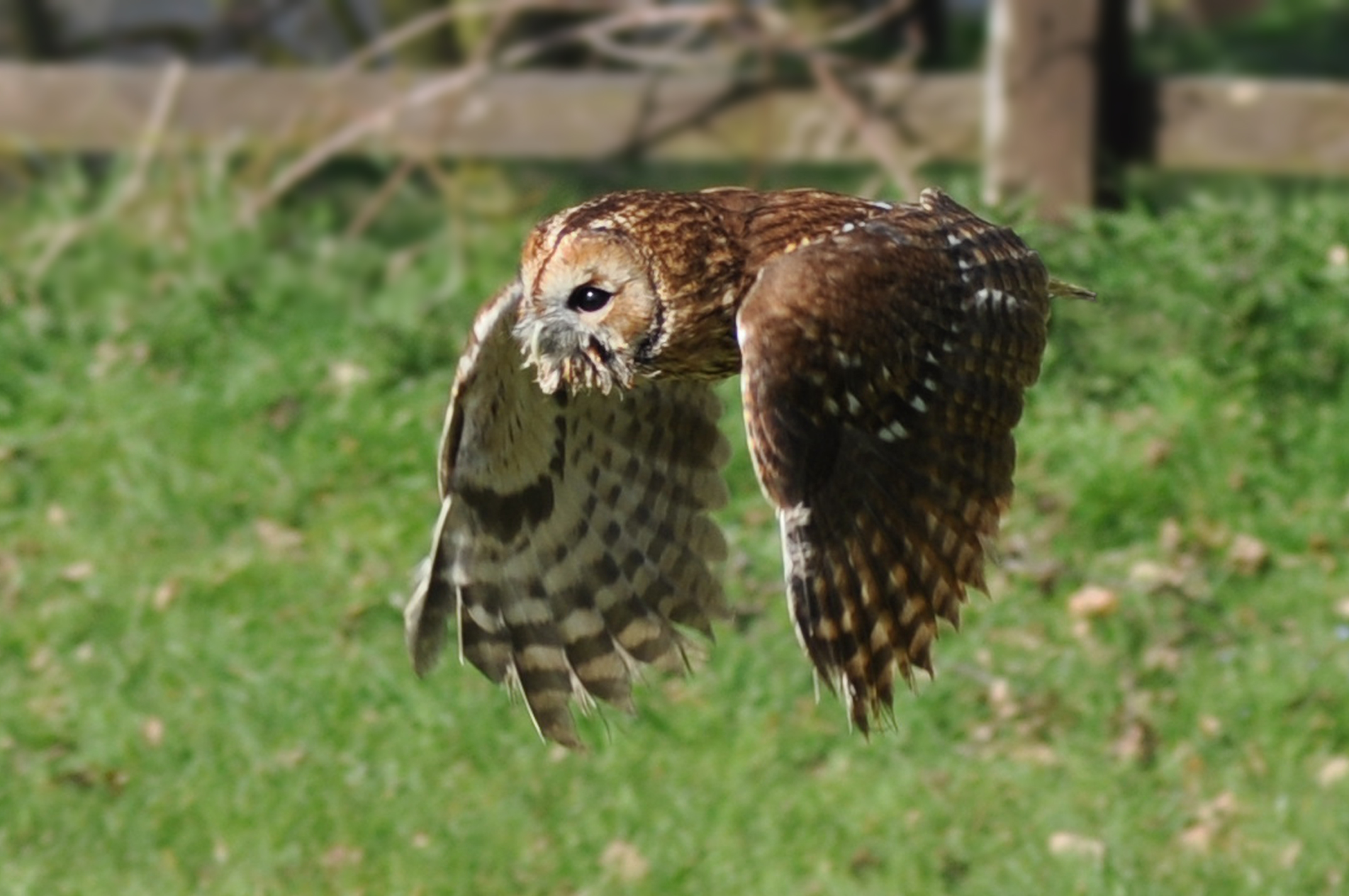Hello ladies and gents this is the Viking telling you that today we are talking about
TAWNY OWL
The tawny owl or brown owl is a stocky, medium-sized owl commonly found in woodlands across much of the Palearctic. The tawny owl is a member of the genus Strix, that is also the origin of the family's name under Linnaean taxonomy. Its underparts are pale with dark streaks, and the upperparts are either rufous, brown or grey. Several of the eight recognised subspecies have each of the main colour variations.
This nocturnal bird of prey hunts a wide variety of prey species, but usually primarily takes small mammals such as rodents. Tawny owls usually hunt by dropping from a perch to seize their prey, which they typically swallow whole. In more urban areas, its diet includes a higher proportion of birds, while in arid subtropics many invertebrates such as insects are taken. Other important prey can include frogs with other vertebrate prey taken fairly rarely.
Vision and well-developed hearing adaptations combined with silent flight aid its night hunting. The tawny owl is capable of catching smaller owls, but is itself vulnerable to larger raptors, like eagle-owls or goshawks. This species typically nests in a tree hollow, wherein they are likely to gain protection of their eggs and young against potential predators.
The tawny owl is non-migratory and highly territorial. Many young birds starve if they cannot find a vacant territory once parental care ceases. Although many people believe this owl has exceptional night vision, its retina is no more sensitive than a human's and its asymmetrically placed ears are key to its hunting by giving it excellent directional hearing. Its nocturnal habits and eerie, easily imitated call, have led to a mythical association of the tawny owl with bad luck and death.
I hope you liked this post and as always have a chilled day from the Viking

Comments
Post a Comment